Stories Of Immigrants Told Through Children's Books with Duncan Tonatiuh - Author & Illustrator, EP #131
One of the powerful results of elevating Latin voices in the U.S. is discovering the artists and storytellers who are crossing traditional boundaries and making new kinds of art for the next generation to learn from.
Duncan Tonatiuh is an award-winning author-illustrator. He is both Mexican and American. He grew up in San Miguel de Allende, Mexico and graduated from Parsons School of Design and Eugene Lang College in New York City. His artwork is inspired by Pre-Columbian art, particularly that of the Mixtec codices. His aim is to create images and stories that honor the past, but that are relevant to people, especially children, nowadays.
You will want to hear this episode if you are interested in...
What lead Duncan to writing and illustrating books like Pancho Rabbit and the Coyote (2:27)
How the unique experiences of crossing the border help to teach empathy (8:41)
Why his books help to maintain passion in children (16:28)
How his book Separate is Never Equal has helped counter the message of segregation in the Latino community (25:10)
Why the book banning movement has affected the reach of his book (29:25)
How the structure of the Mexican family impacted migration (35:31)
Why migrants participating in American culture helps them to survive (43:27)
What to learn about border crossings from a children’s book
A few years ago, Duncan wrote and illustrated a children’s book about crossing the border from Mexico to the U.S. called Pancho Rabbit and the Coyote. He originally thought of it as a take on Little Red Riding Hood, but as he began to work on it, he remembered the stories he knew from his childhood about border crossings. The separation of families during this process, the dangers and risks taken, and more of the human aspect became important for him to communicate through this story. He wanted to show the experience of migrants and the dangers they face when moving to a new country. The story is a fable, but it is reflective of the lived experience of immigrants to the U.S.
From art school to storytelling
Duncan grew up in Mexico, but moved to the States to attend high school and then college. While high school wasn’t his favorite experience, he made it through and went to New York City to attend Parsons School of Design as an art student. As he developed his skill of illustration and writing, he began to remember his roots in Mexico and all of the influences he loved from his childhood. That is what influenced the art style he developed in college and later used in his children’s books. He knew it was important to use his skills to show Latino children that they matter, that they are not alone, and that it’s possible to have empathy for someone from a different background.
Addressing the issue of diverse representation in the U.S.
Once Duncan became a children’s author, he dedicated himself to making books that represented what wasn’t available in the huge existing market in the U.S. Even though this country is a diverse melting pot, the big majority of literature, especially marketed to children, is only representative of a certain demographic. Duncan has found the most success for his books in the education market. He has seen how teachers want to share books that are representative of their students and that sharing those stories help to grow children’s confidence.
Connect with Duncan
Connect With Peter O. Estévez
Follow on Facebook
Follow Peter O. Estévez Show on Instagram
Follow Peter on Instagram
Subscribe to the Peter O. Estévez Show on
Apple Podcasts, Spotify, Google Podcasts

